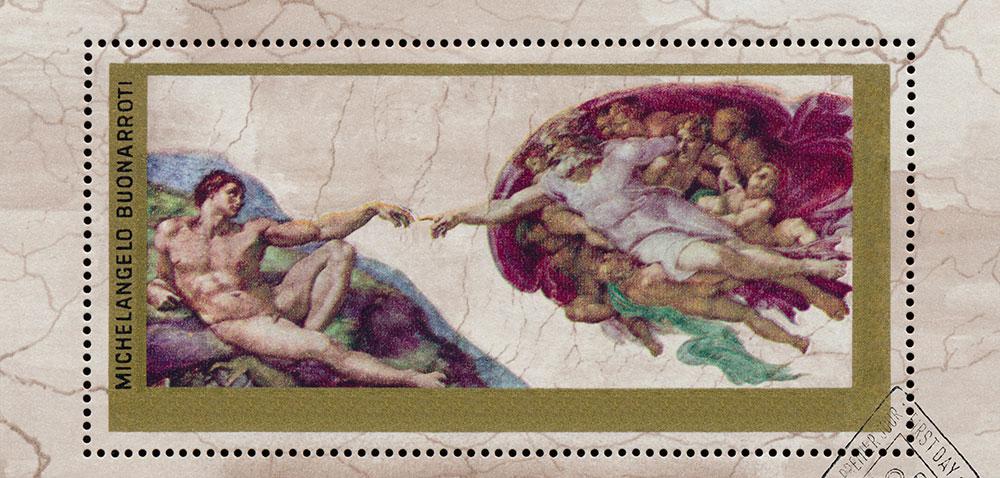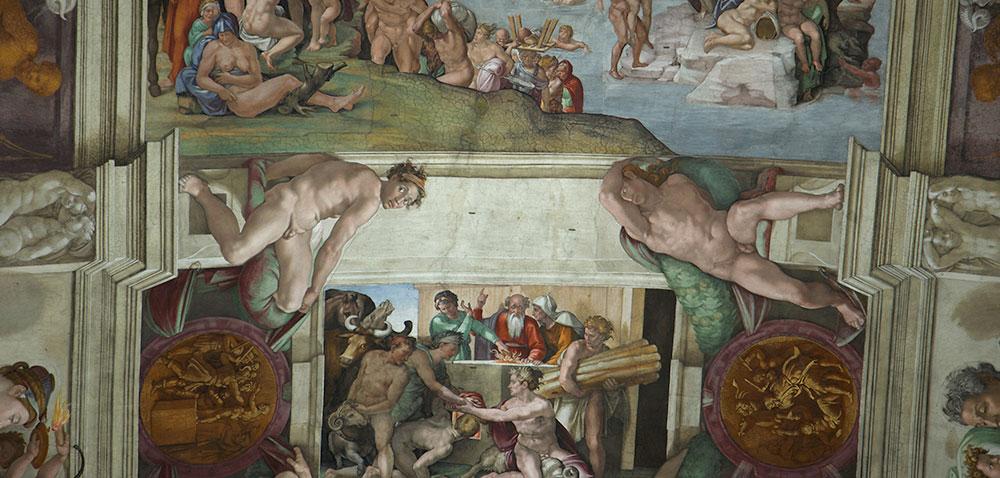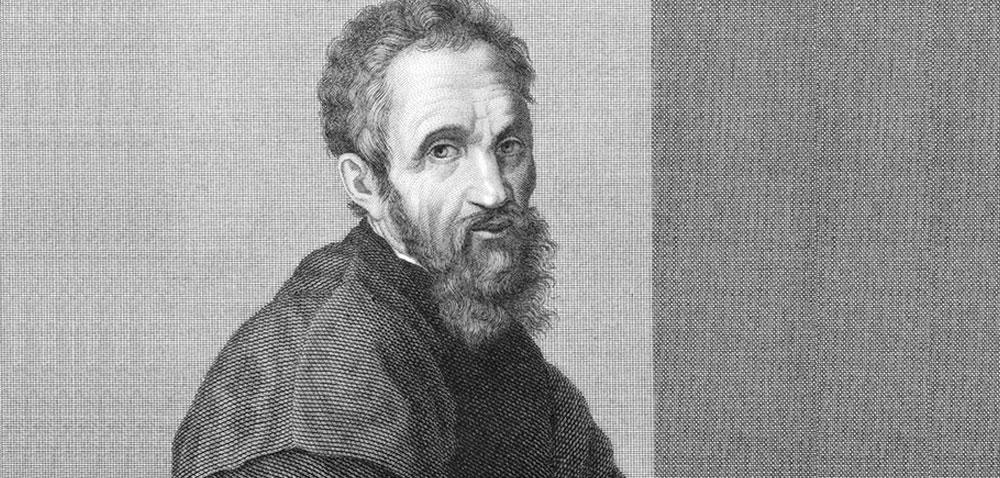The hand of God, at the hands of a genius
Ask someone to name a Renaissance artist and right up there with Leonardo DaVinci will be Michaelangelo. His two most famous works are the marble statue of David and, his most celebrated work of all, the ceiling of the Vatican’s Sistine Chapel.
A number of high-profile Renaissance artists had already painted a glorious biblical fresco on the walls of the chapel, including Botticelli, Perugino and Signorelli. But it was Pope Julius, who had a great love for Michaelangelo’s work, that requested he paint the ceiling - a crowning glory to an already impressive interior.
At first Michaelangelo was reluctant, considering himself more sculptor than painter, but the Pope was insistent and eventually the artist agreed – on condition he had the freedom to create his own design. Ultimately, the approved fresco represented mankind’s need for Salvation, with the almost-touching fingers of Adam and God becoming an iconic image, even to this day.
The painting of the ceiling took four years and features over 300 painstakingly crafted figures. To manage the awkward position of his canvas, Michaelangelo designed and constructed his own scaffolding. This was suspended from the walls, with dust sheets below to catch drips of paint and stop them from falling onto the congregation below as he worked.
Contrary to popular belief, Michaelangelo didn’t lie down to paint, meaning he spent the best part of four years with his neck uncomfortably tilted up. It may have been painful, but the undisputed masterpiece is one labor of love that has truly stood the test of time.



